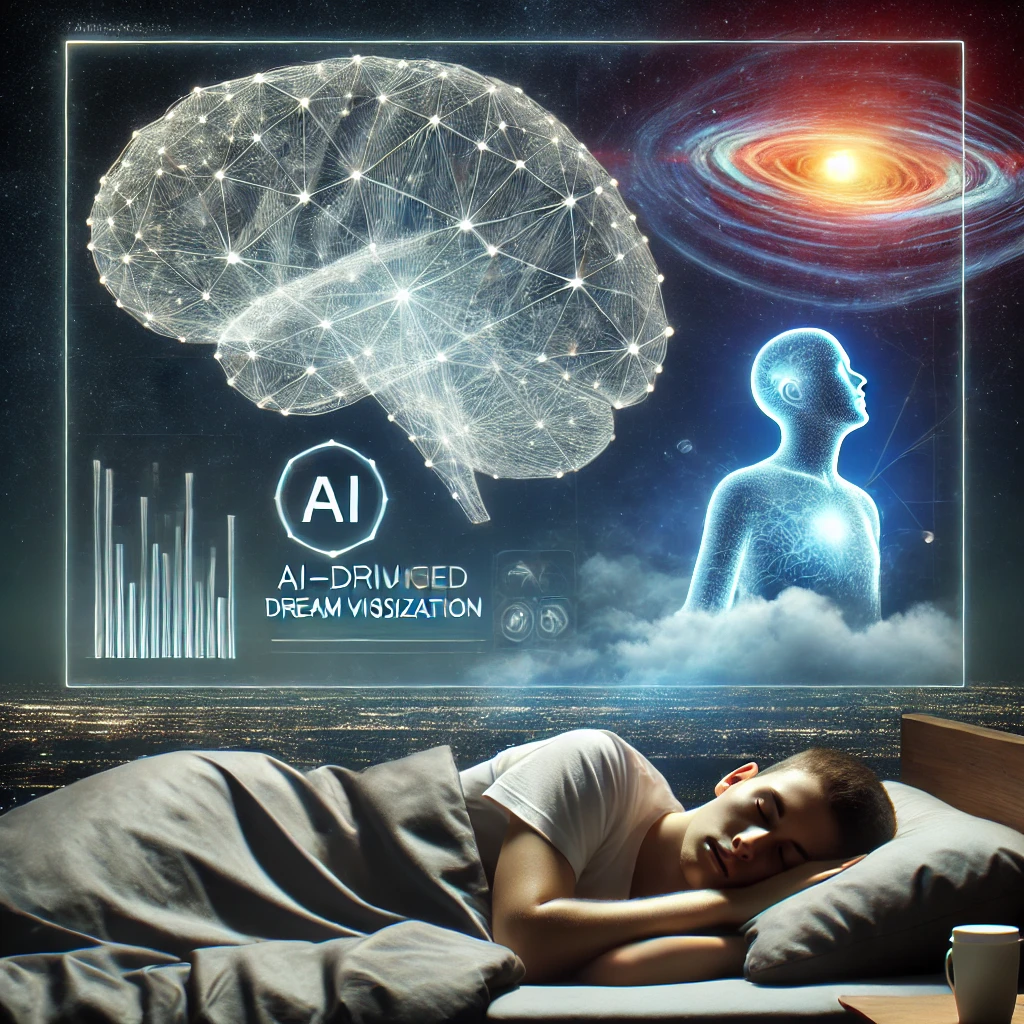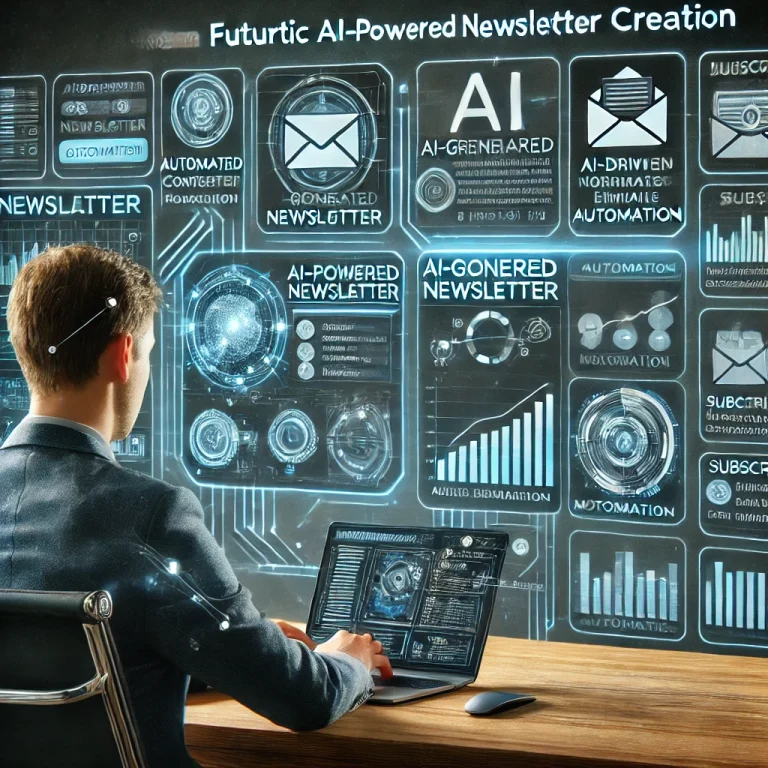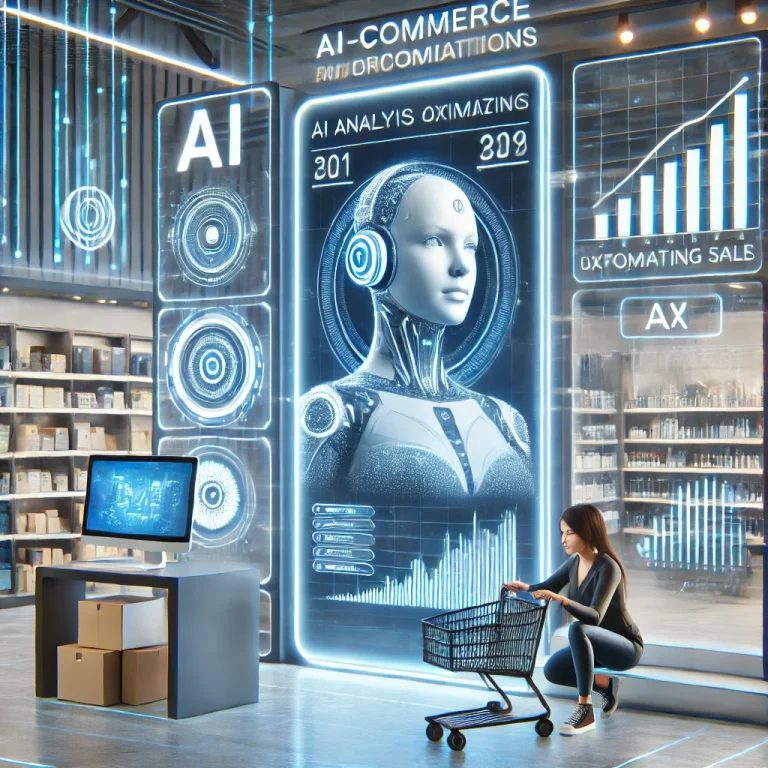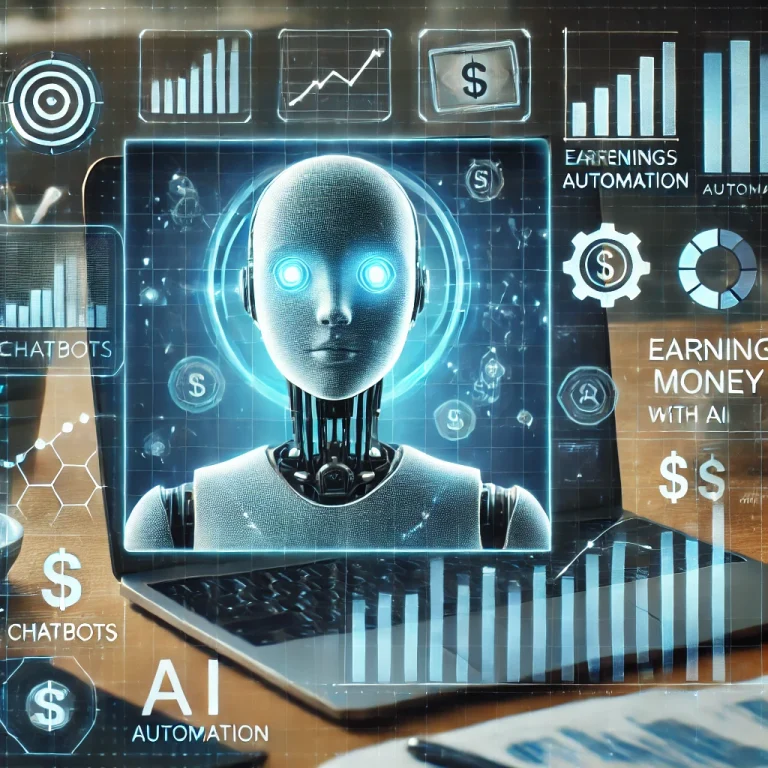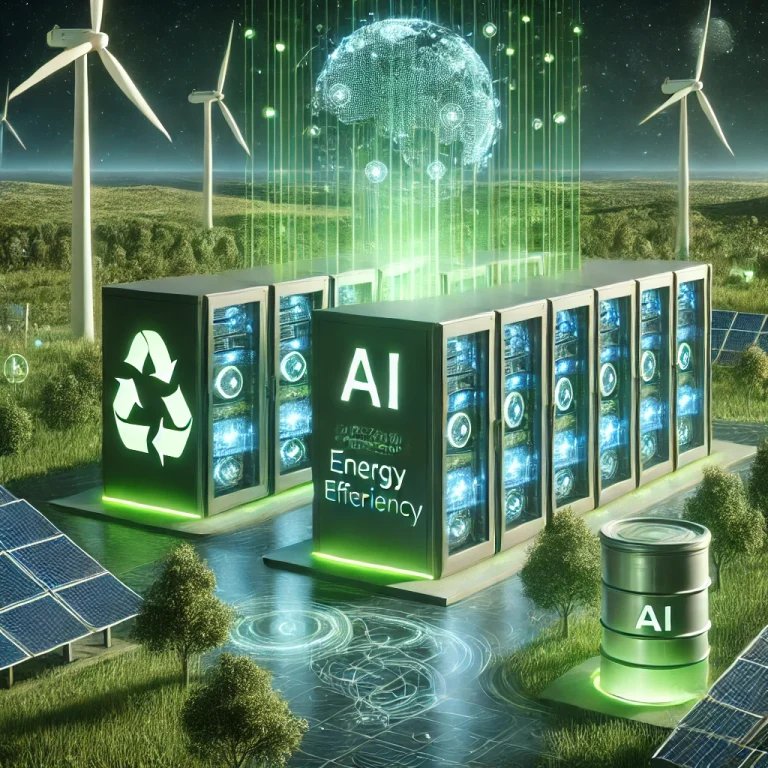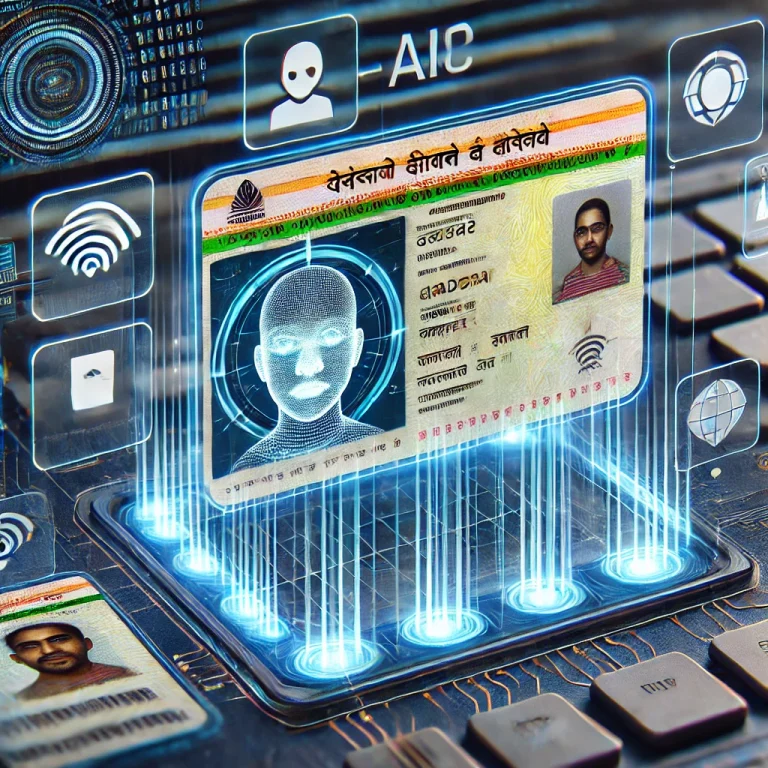AI-Driven “Smart Dreams”: Can AI Influence What We Dream About?
Introduction
Dreams have always fascinated humans, from ancient civilizations interpreting them as divine messages to modern psychology analyzing their connection to the subconscious. Now, Artificial Intelligence (AI) is stepping into the realm of dreams, raising an intriguing question: Can AI influence what we dream about?
With advancements in neuroscience, machine learning, and brain-computer interfaces (BCIs), AI is increasingly being explored as a tool to analyze, manipulate, and even induce specific dream experiences. But how close are we to AI-driven “smart dreams,” and what are the implications of such a breakthrough?
The Science of Dreams: How Do We Dream?
Dreams occur primarily during the Rapid Eye Movement (REM) stage of sleep, where the brain is highly active, processing memories, emotions, and subconscious thoughts. Scientists believe that dreams serve several functions:
- Memory consolidation – Organizing and storing new information
- Emotional processing – Dealing with unresolved thoughts and feelings
- Problem-solving – Helping the mind navigate complex challenges
- Random neural firings – The brain creating narratives from subconscious activity
How AI is Entering the Dream Space
Recent advancements in brain-computer interfaces (BCIs), neuroimaging, and AI-driven dream analysis have opened new possibilities for dream intervention. AI can now: ✅ Decode dream content by analyzing brain wave patterns
✅ Stimulate certain emotions or memories using external inputs
✅ Enhance lucid dreaming experiences through real-time brain stimulation
How Can AI Influence Dreams?
Several experimental approaches are being explored to integrate AI into the dreaming process:
1. AI-Powered Dream Analysis & Prediction
AI-driven software can analyze EEG (electroencephalography) and fMRI (functional magnetic resonance imaging) data to identify dream patterns. 🚀 Example: Researchers at MIT’s Dream Lab are using AI to detect dream themes and potentially influence dream content through targeted stimuli.
2. External Sensory Stimulation (TDI – Targeted Dream Incubation)
AI-powered devices can introduce sensory cues (sound, smell, touch) during sleep to shape dream experiences. ✅ Smart wearables like Hypnodyne and Dormio detect REM sleep and play audio cues to guide dream narratives.
✅ AI-generated soundscapes can nudge the brain toward specific dream themes, such as adventure or relaxation.
3. Brain-Computer Interfaces (BCI) & AI Dream Control
Using neural implants and AI algorithms, BCIs can potentially alter dream content in real-time. ✅ Neural implants may one day allow users to select dream topics or replay stored memories.
✅ Deep-learning models can decode and reconstruct dream visuals from brain activity.
🚀 Example: Neuroscientists at Kyoto University used AI to analyze fMRI scans and predict dream imagery with 60% accuracy.
4. AI-Enhanced Lucid Dreaming
Lucid dreaming allows individuals to become aware within a dream and control it. AI-driven interventions can: ✅ Detect when a user enters REM sleep and trigger lucidity cues.
✅ Provide real-time voice prompts or visual signals to maintain awareness in dreams.
✅ Use neurofeedback techniques to stabilize and extend lucid dream sessions.
🚀 Example: The iBand+ sleep headband uses AI to detect REM cycles and play subtle cues to trigger lucidity.
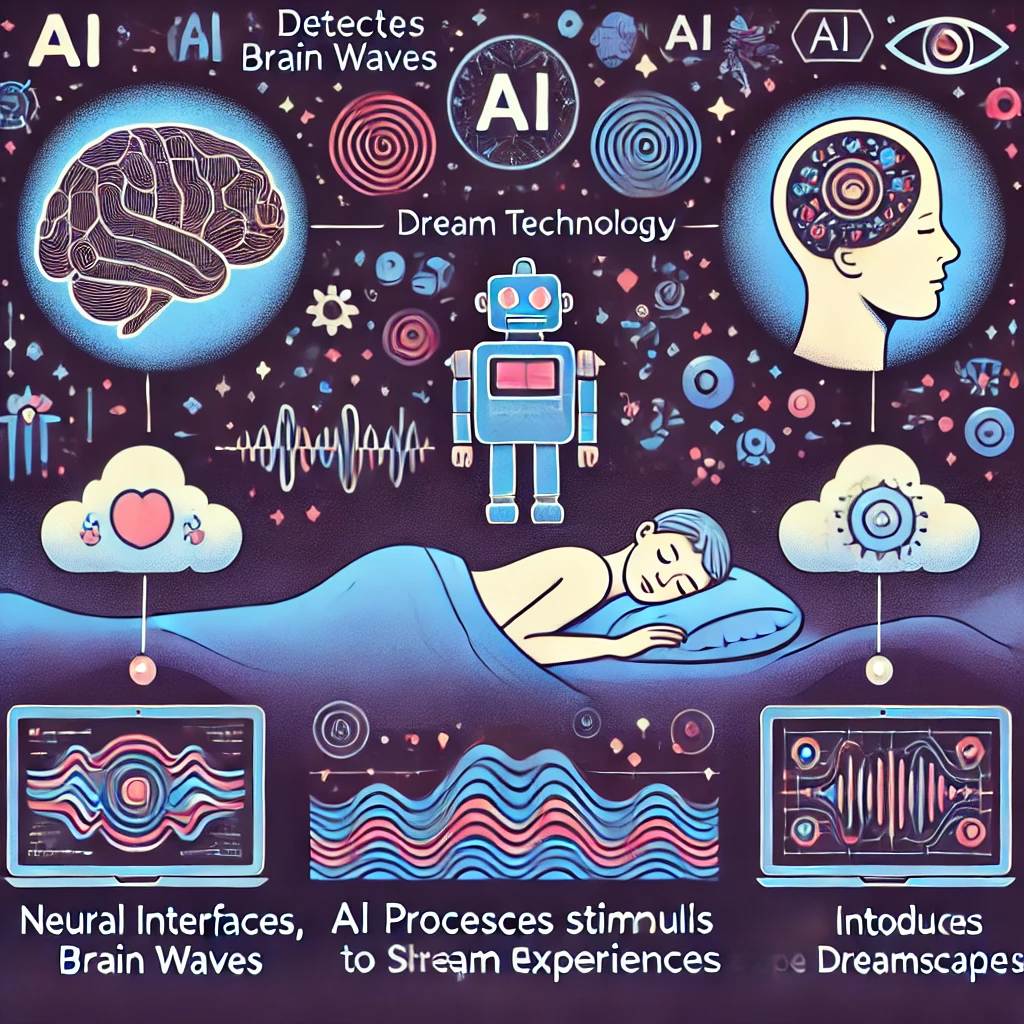
Potential Benefits of AI-Driven Smart Dreams
If AI successfully influences dreams, it could revolutionize multiple industries:
1. Mental Health & Trauma Therapy
AI-driven dream intervention could help treat PTSD, anxiety, and depression by guiding patients toward healing dream experiences. ✅ Exposure therapy in dreams – Helping trauma patients confront fears in a safe dream setting.
✅ AI-assisted dream journaling – Analyzing recurring nightmares to address deep-seated issues.
2. Learning & Creativity Enhancement
Dreams play a significant role in memory retention and problem-solving. ✅ AI could reinforce language learning by introducing foreign words into dreams.
✅ AI-generated dream environments could boost creativity in artists, writers, and musicians.
3. Personalized Dreamscapes & Entertainment
Imagine customizing your dreams like selecting a movie or video game. ✅ AI-generated dream simulations could allow users to visit fantasy worlds.
✅ AI-assisted dream training could improve skills, such as sports performance or public speaking.
🚀 Example: Companies like Neuralink and NextMind are exploring how BCIs could create interactive dreamscapes.
Ethical Concerns & Risks
While AI-driven dreams present exciting opportunities, they also raise serious ethical questions:
1. Privacy & Data Security
Dream data is highly personal. Who owns your dream logs and neural activity records? 🚫 Could companies exploit dream data for advertising or psychological profiling?
🚫 How can users ensure data protection and consent in dream-related AI technologies?
2. Psychological Risks
🚫 Could AI manipulation of dreams lead to addiction or dependence on AI-driven experiences?
🚫 Might AI accidentally trigger harmful dream content instead of positive experiences?
3. Ethical Implications of Dream Advertising
Imagine a future where companies insert subliminal ads into dreams. 🚫 Could corporations exploit dreams for marketing and behavioral influence?
🚫 How can AI dream interventions be regulated to prevent misuse?
🚀 Example: A 2021 study found that 77% of surveyed individuals opposed the idea of dream advertising.
The Future of AI-Driven Dreams
The field of AI-enhanced dreams is still in its early stages, but future developments may include: ✅ Dream-to-Text AI Decoding: AI might translate dreams into readable text or videos.
✅ Fully Customizable Dream Experiences: Users could select and design their dreamscapes.
✅ AI-Generated Interactive Dream Worlds: Merging virtual reality (VR) and dreaming for immersive dream adventures.
✅ Neuroethical Guidelines: Establishing clear regulations to protect users from AI dream manipulation.
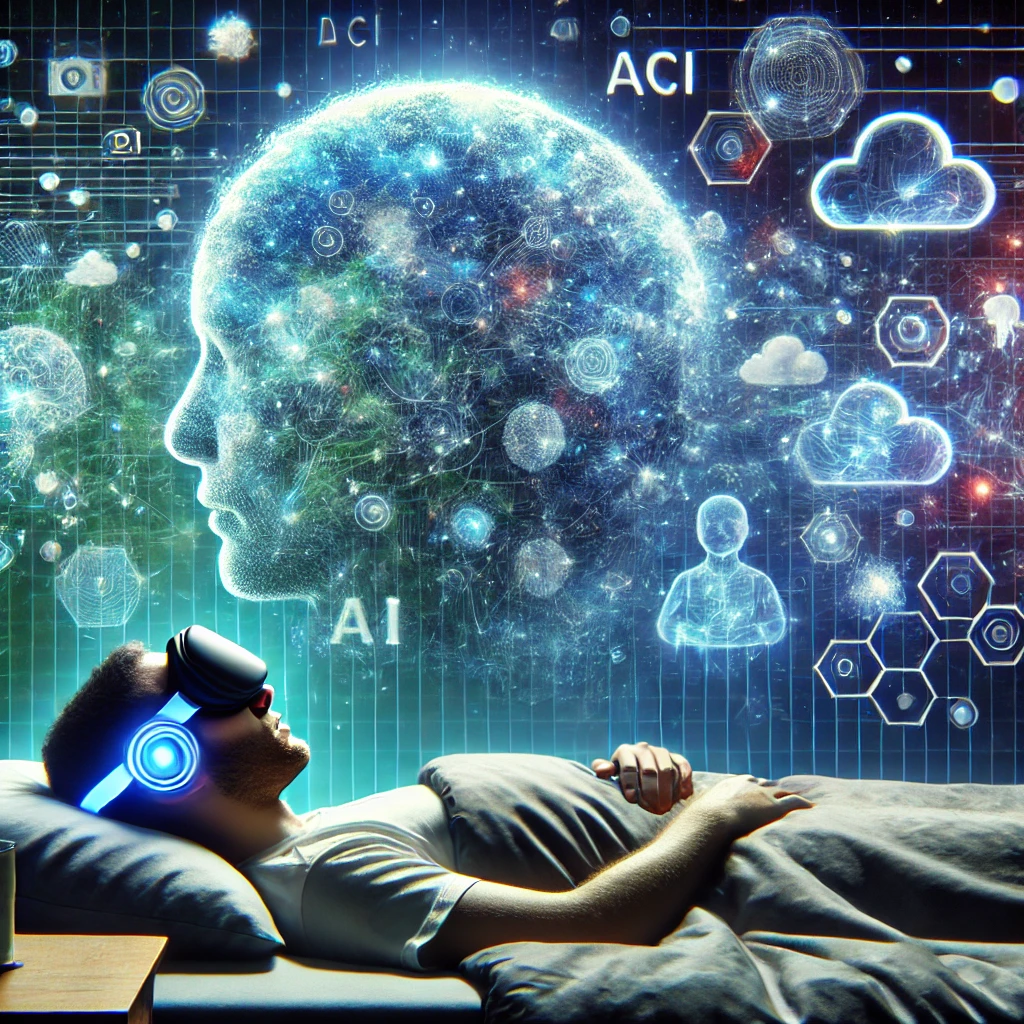
Conclusion: Can AI Really Influence Our Dreams?
AI-driven dreams are no longer just science fiction. With the rise of BCIs, neuroimaging, and machine learning, we are inching closer to an era where AI can analyze, influence, and enhance dreams.
However, while AI offers exciting possibilities, ethical challenges must be addressed to ensure dreams remain a safe and personal space. Rather than replacing natural dreams, AI should be used as a tool for self-improvement, healing, and creativity enhancement.
